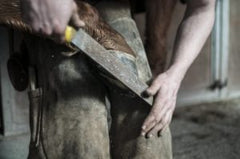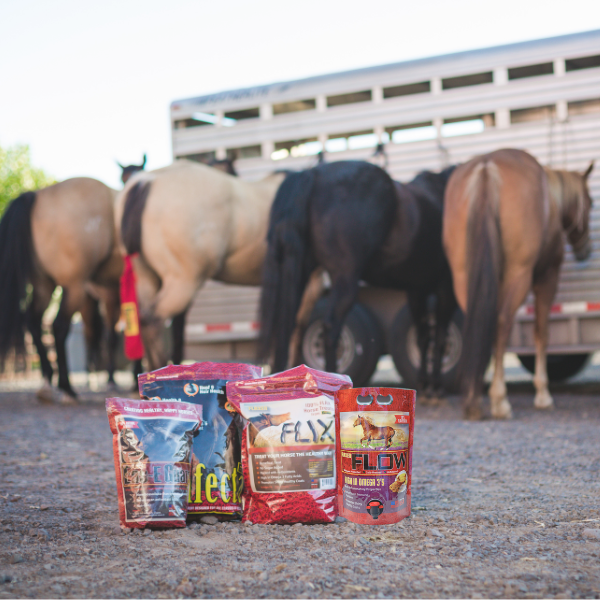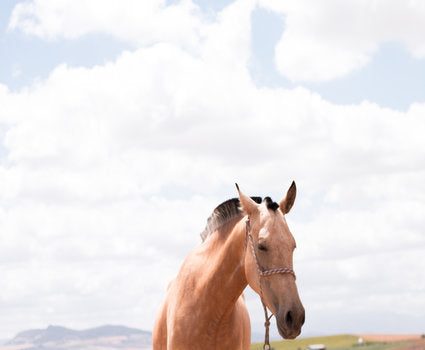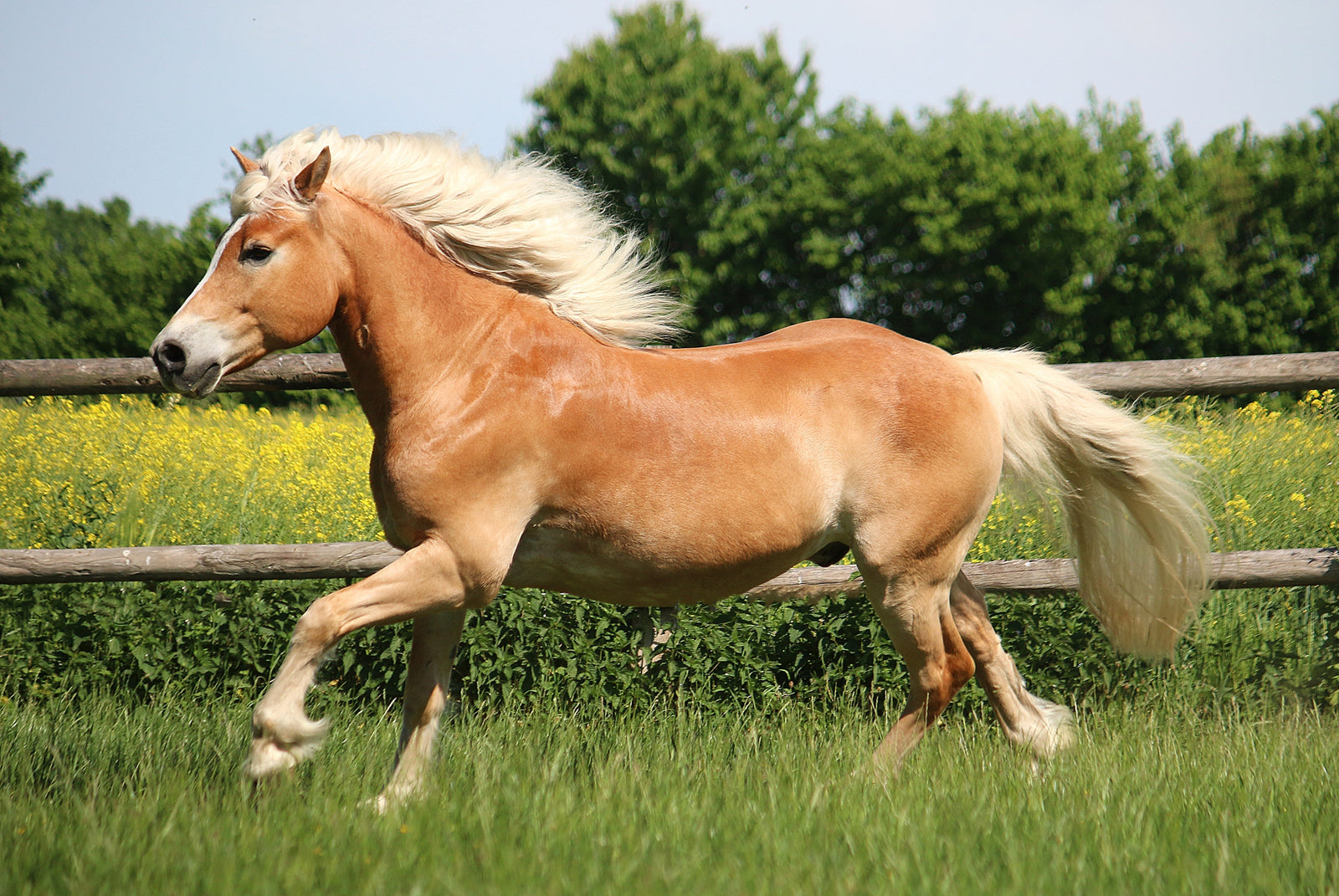Common Laminitis Triggers
Laminitis is a complex disease related to equine metabolic syndrome, Cushings disease (PPID) and other systemic inflammatory diseases. Commonly, laminitis is caused by being overweight. It can also be triggered from elevated insulin levels due to Cushings disease. Horses that break into the grain bin or that turned out on spring grass for too long are highly prone to acute laminitis because the sugars in the feed rapidly alter the blood insulin. For horses with PPID/ Cushings disease, reoccurring insulin level changes should be regularly monitored with blood work and managed with a low carb, low sugar diet with added minerals and vitamins. Certain horse breeds and ponies that tend to be cresty or overweight also are highly prone to insulin resistance, which frequently causes chronic laminitis.Supporting Dietary Needs for a Horse with Laminitis
If your horse has been diagnosed by your vet or farrier, proper treatment is key to stave off reoccurring bouts of inflammation and permanent hoof damage. Managing diet becomes a key factor in keeping your horse pain-free.The recommended management for horses with laminitis:

- No grass, grains or treats that contain high levels of sugar or starch
- Soak hay for an hour before feeding to reduce carbohydrates
- Add a vitamin-mineral supplement that contains selenium and vitamin E that has little filler so the overall carbohydrate load stays low
- Provide a plain white salt block
- Omega-3 supplement will help reduce inflammation
- Have your veterinarian and farrier work together in order to put your horse's hooves at the right angle for the most relief






Terry Tunstall
March 18, 2024
I have a horse that has laminitis from tear in ligament, what do I feed him?
———
Horse Guard replied:
Thank you for the question. Feeding him Hoof Guard will help support new, strong hoof growth to help support the foot. However, once rotation of the coffin bone has occurred we can’t reverse it. It is best to keep them on very soft ground and provide supportive farrier work. This along with forage based diets, that are lower in sugars and starches are a great option. Best sure your horse is getting a good-quality hay such a timothy or orchard grass, or alfalfa. You can feed supplements like Hoof Guard and Super Weight Gain with alfalfa pellets.
Let us know if we can answer any more questions.
Sincerely,
Kelsey Johnson Nonella, Ph.D., PAS
Equine Nutritionist, Horse Guard, Inc.<http://www.horseguard.com/>
3848 NW 91st St. Redmond, OR 97756
Facebook<https://www.facebook.com/HorseGuard/> | Instagram<https://www.instagram.com/horse_guard/> | You Tube<https://www.youtube.com/channel/UCQMpOMX6hR2uv1w3IParGQw> | P: 800.553.4246 | F: 866.304.0944
[Horse Guard SMALL] Since 1978 we have dedicated our efforts to providing the highest quality nutrition products for horses. Our success is healthy happy horses and horse owners.